What to know
- NVIDIA CEO Jensen Huang predicts physical AI and humanoid robots will usher in the next wave of AI.
- NVIDIA expects to create physical AI systems for factories, self-driven cars, and humanoid robots.
- A digital twin of an AI-based robot learns in the Omniverse while honing physical movements in a ‘Robot Gym’ that map on to the real world.
- Although building such AI robots is an uphill task, the world’s most valuable chip manufacturer is ideally suited for it.
Less than two years since OpenAI took the world by storm, Generative AI is already old news. At the Taiwan developer conference, NVIDIA CEO Jensen Huang presented several new insights about what the future holds not just for the company but also what the progression and evolution of AI could look like.
While every major company is integrating AI chatbots into their consumer-oriented products, NVIDIA expects robotics to bring about the next wave of AI. In a world saturating with AI products, Huang believes physical AI is the next milestone and, given the rapid advancements in the field, we think it’s a not-so-distant dream.
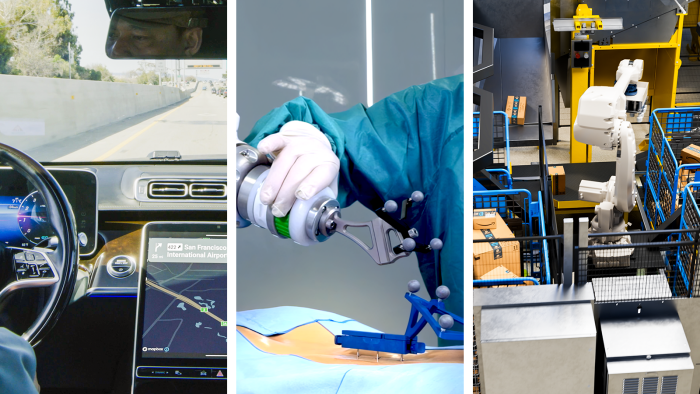
NVIDIA predicts robots as the next wave of AI
Developing AI systems digitally is one thing. But having AI-based robots that can move and function in the world is an entirely different thing.
Huang believes “the next wave of AI is physical AI. AI that understands the laws of physics. AI that can work among us. Everything is going to be robotic. All of the factories will be robotic. The factories will orchestrate robots and those robots will be building products that are robotic.”
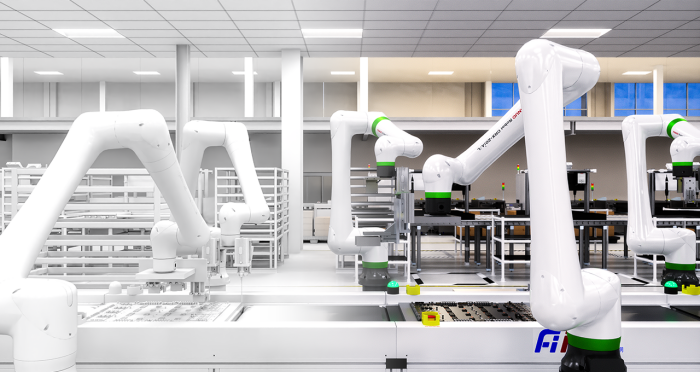
That’s a whole lot of robots. But that is what the company believes (and hopes) the future is all about – AI-based robots that exist physically and can interact with the world in meaningful ways. Already NVIDIA’s GPUs power all the advances taking place in terms of capability. A wider adoption of robots built on NVIDIA’s software and hardware will help the company gain an even larger chunk of the AI pie.
Robots, Robots, Robots
After Nothing revealed its plans for Nothing Phone 3, and Microsoft’s gamble with Copilot+ PCs, there appears to be a pattern developing as companies try different ways to make their physical products completely AI-based.
NVIDIA’s plans are in the same vein, but they’re much grander in scope. The company is rooting for a future where physical AI will appear in the form of self-driven cars, robots factories that can manipulate objects, and humanoid robots. These three robotic platforms – or ecosystems – will have their own needs and development cycles which NVIDIA will overlook.
Omniverse, digital twins, and the Robot Gym
In lieu of a genetic makeup evolved over thousands of years to perceive the world as we do, NVIDIA is training robots in the Omniverse, a digital space where robots learn to execute tasks that map over the physical world.
In this space, the robots’ digital twins learn basic functions that they’re designed for while their gross and motor skills are fine tuned in a “robot gym” for such things as grasping, moving around factories and warehouses, and navigating complex environments.
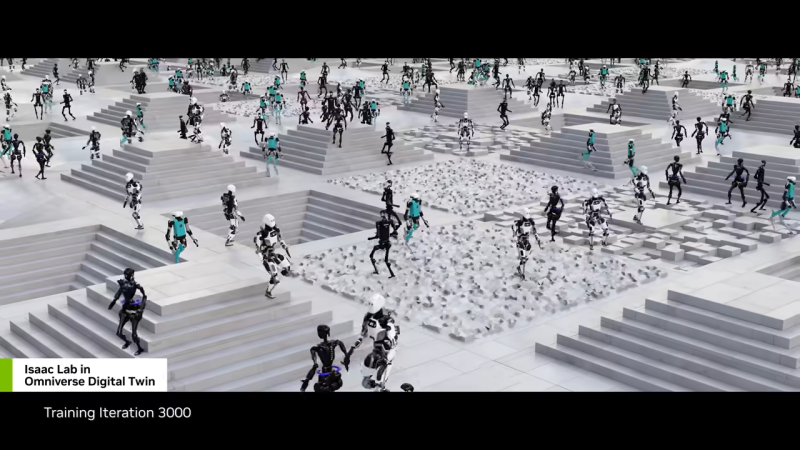
Think of the Omniverse as the robot’s mental space where it maps the physical world. This is where its digital avatar is trained while its physical movements are honed in the gym so it can execute what it ‘sees’.
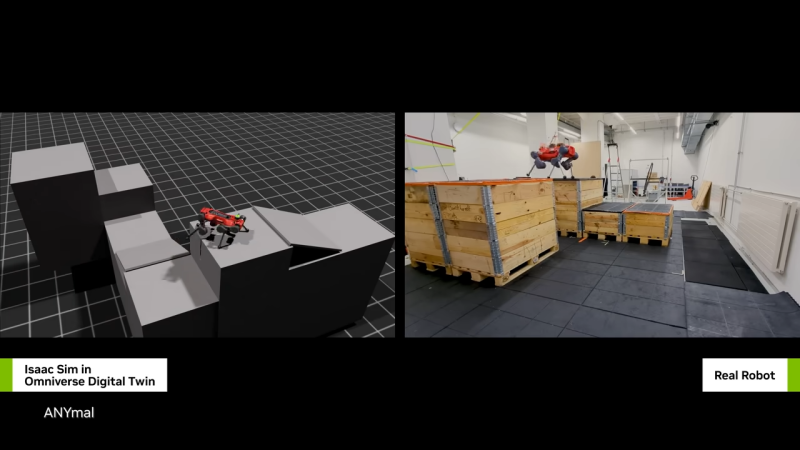
The robots are also trained with teleoperators or by mimicking humans.
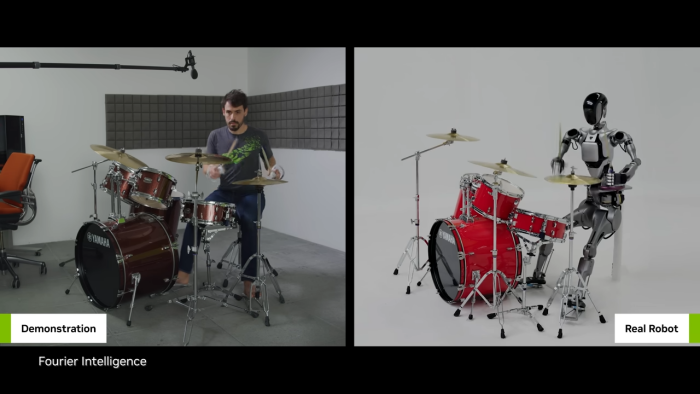
Of the three platforms for which these AI robots will be designed, “the easiest robot to adapt into the world are humanoid robots because we built the world for us,” according to Huang. “We also have the most amount of data to train these robots than other types of robots because we have the same physique.”
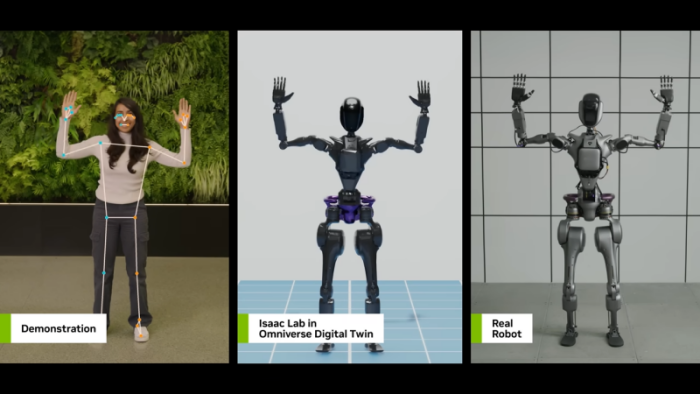
In theory, then, we could have humanoid robots walking (or rolling) among us much sooner than previously anticipated.
Why physical AI is much harder to pull off than digital AI
There are already signs that generative AI may not be the massive shift in technological space that we considered it to be, but only a stepping stone toward something greater. Building models for robots may be, as Huang says, “one of the most exciting problems to solve in AI today.” However, the enormity of the problem can hardly be overstated.
Physical limitations notwithstanding, perception for dry systems (machines) is a hard problem. Picking out what’s relevant from the vast information field of the physical world is as much about system capabilities as it is about system limitations. Robots, be they working in factories or your home, will need to discriminate what’s relevant from what’s not.
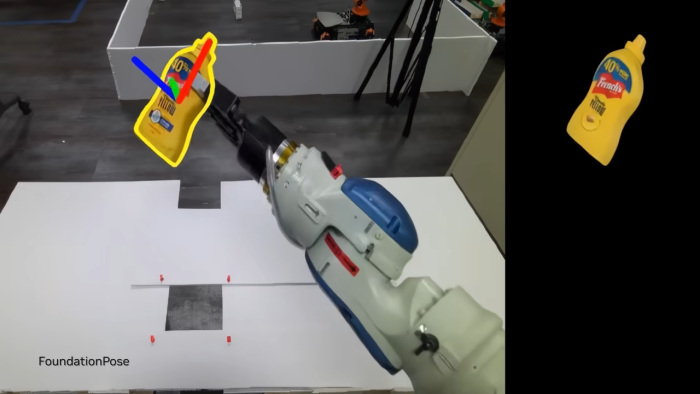
Training and enabling robot systems using AI seems to be the way to crack this problem, which is why NVIDIA is investing in robot startup companies like Figure AI. The company has also partnered up with Mercedes to start producing self-driving cars next year.
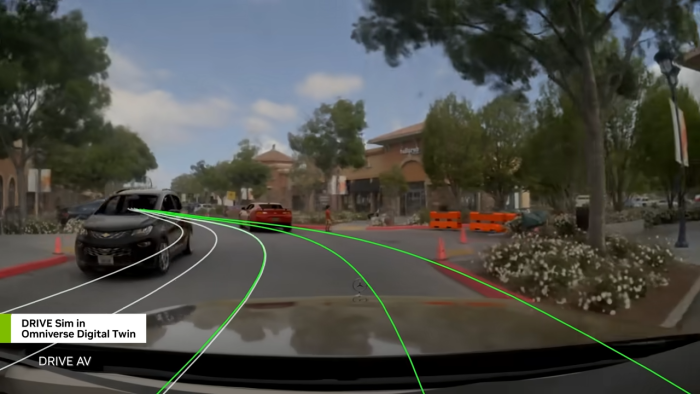
Given NVIDIA’s role in the generative AI boom, it is ideally positioned to usher in the wave of physical AI. The now $3 trillion company stands to benefit immensely if the robotic future that it predicts comes to pass. The plans are ambitious, but it is often those who dare to dream that have the temerity to realize them.
In the words of a dreamer, “This isn’t the future, this is happening now.“

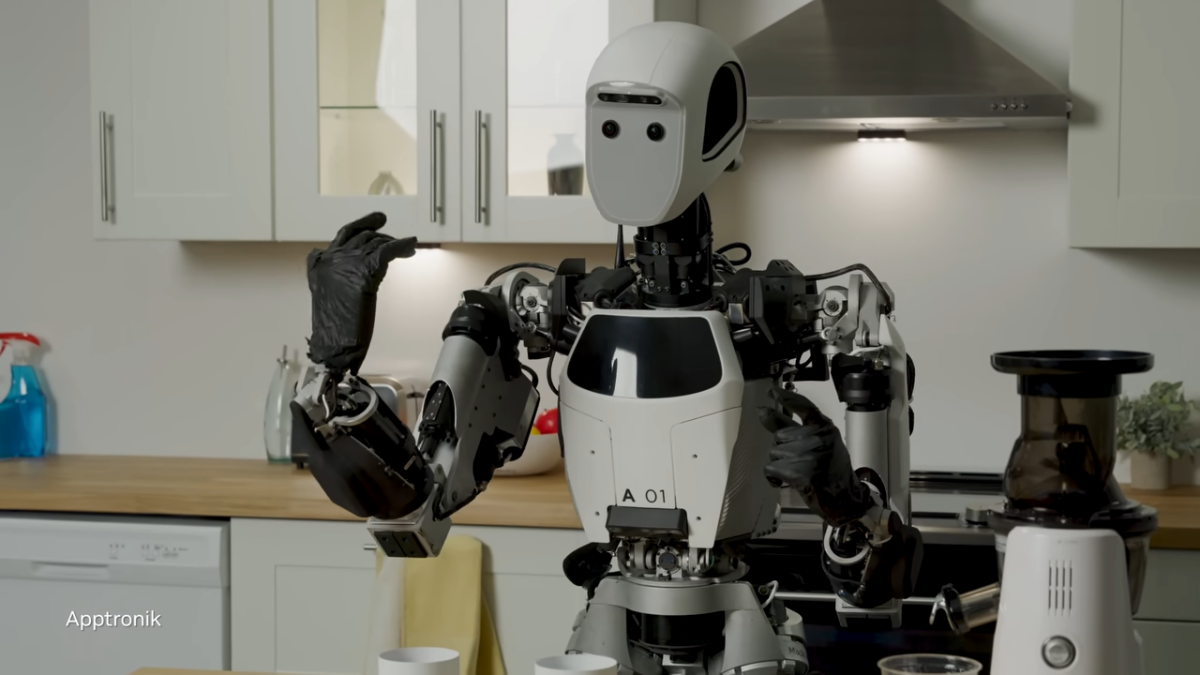

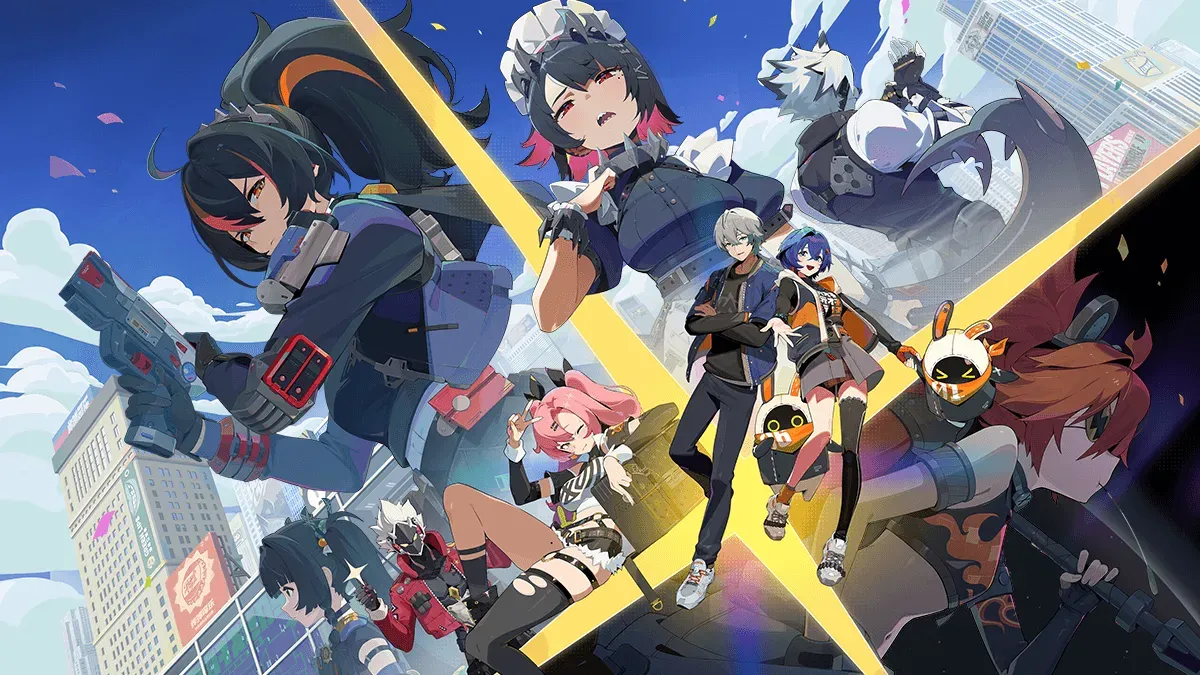
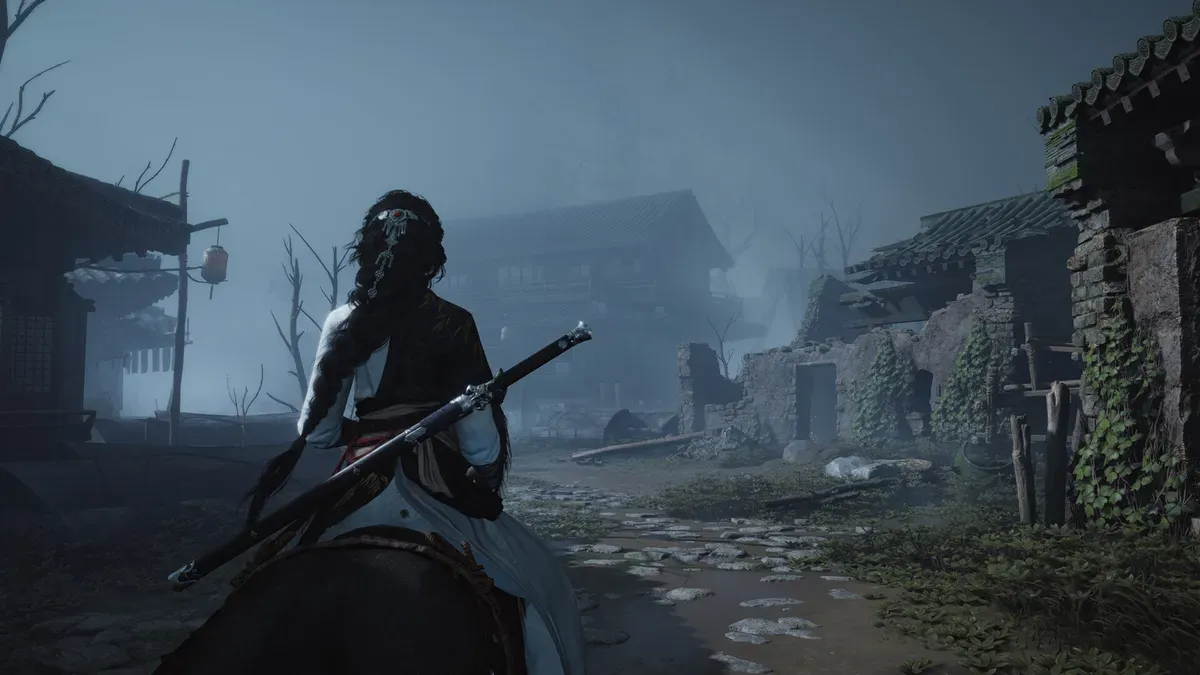
![Solution For Quiz - Where Did the Dragon Hall Deal a Major Blow to the Khitan Navy [Where Winds Meet]](/content/images/2026/01/1-15.png)

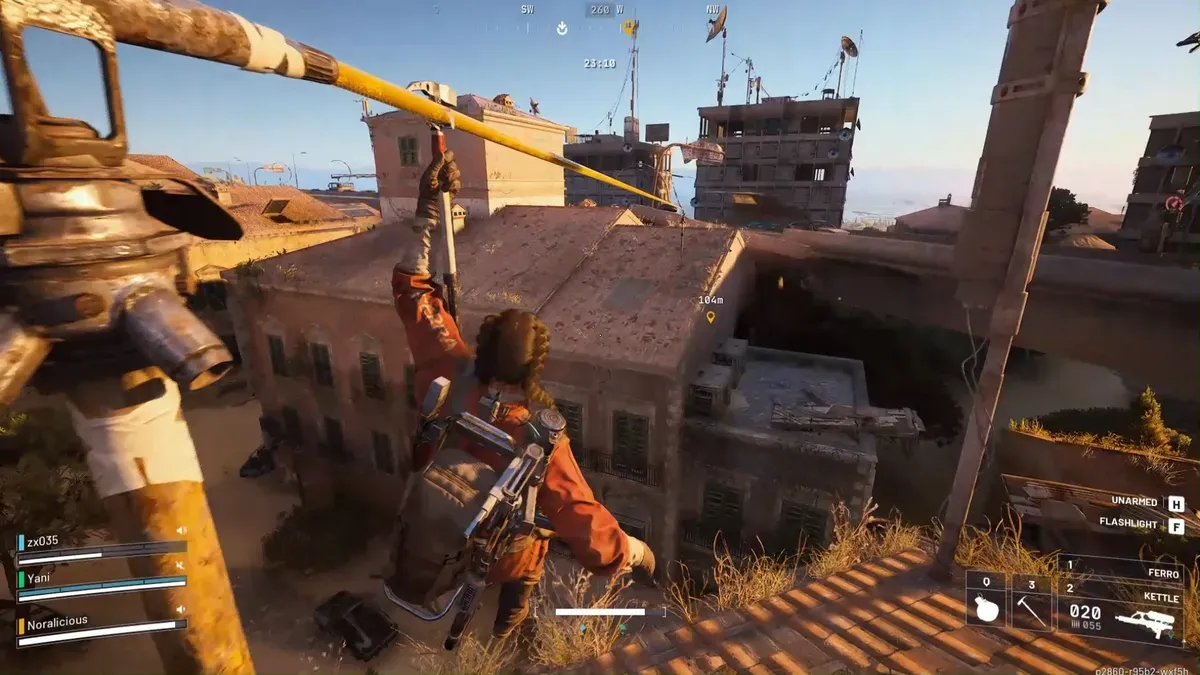
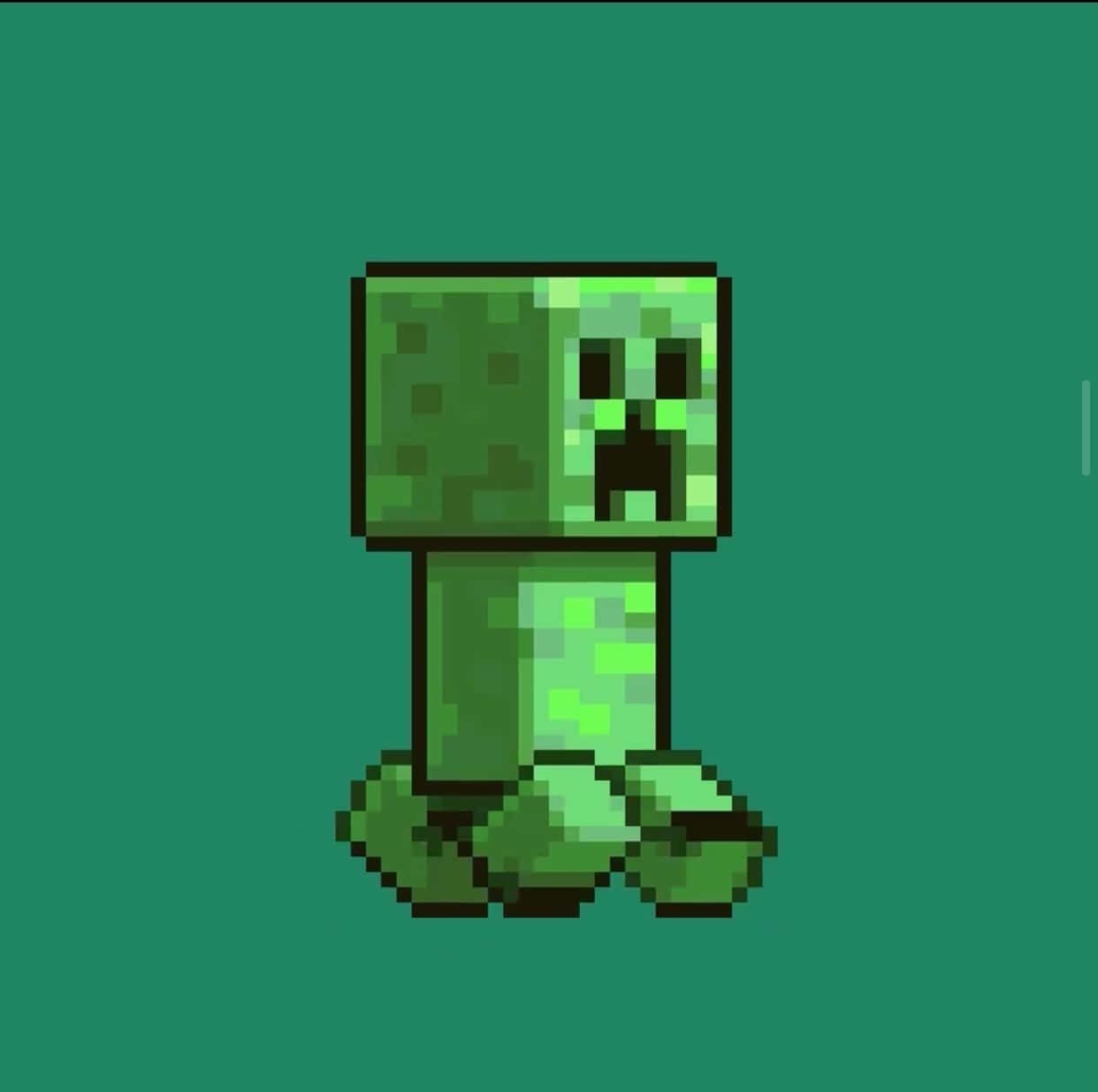
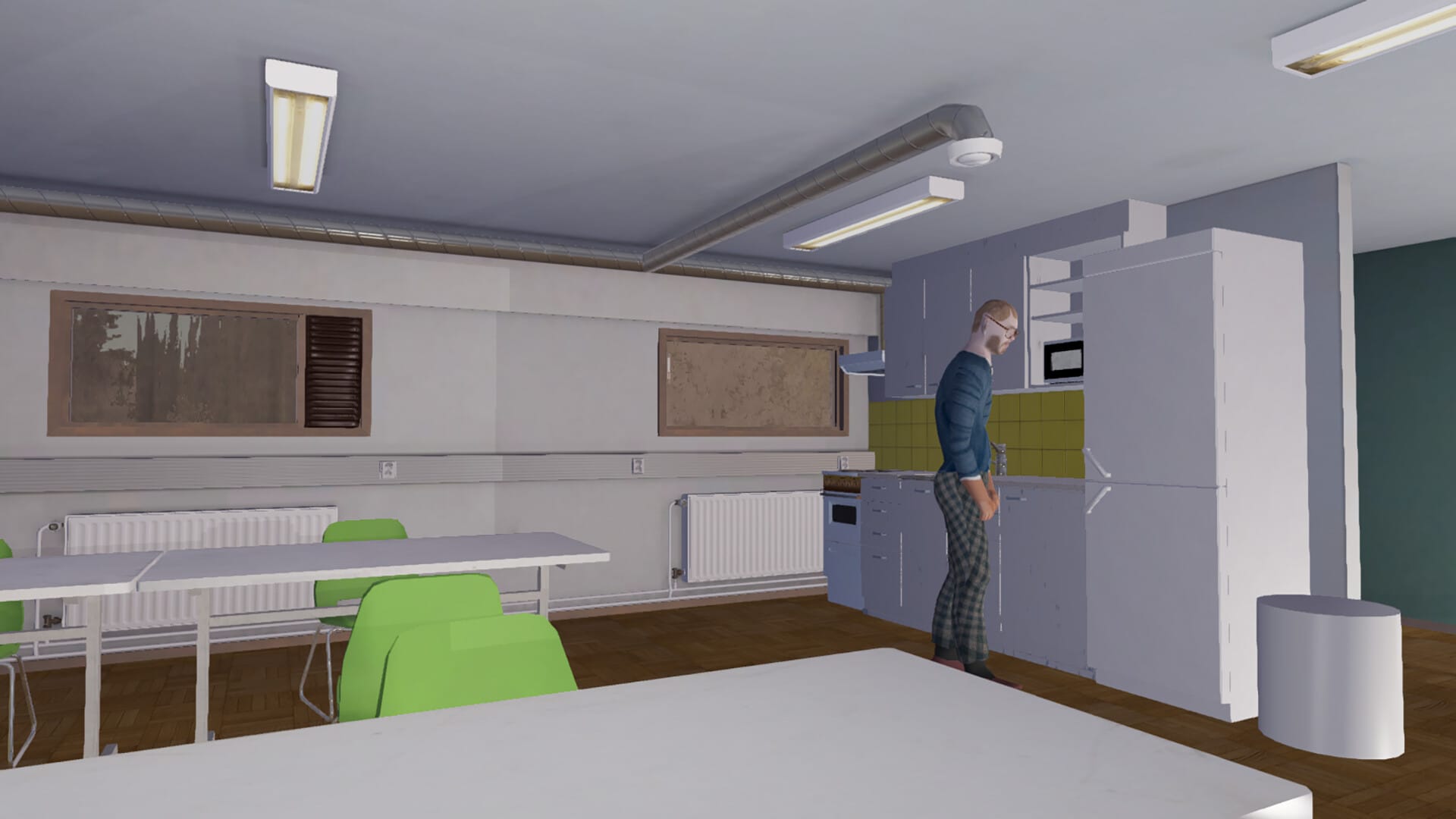


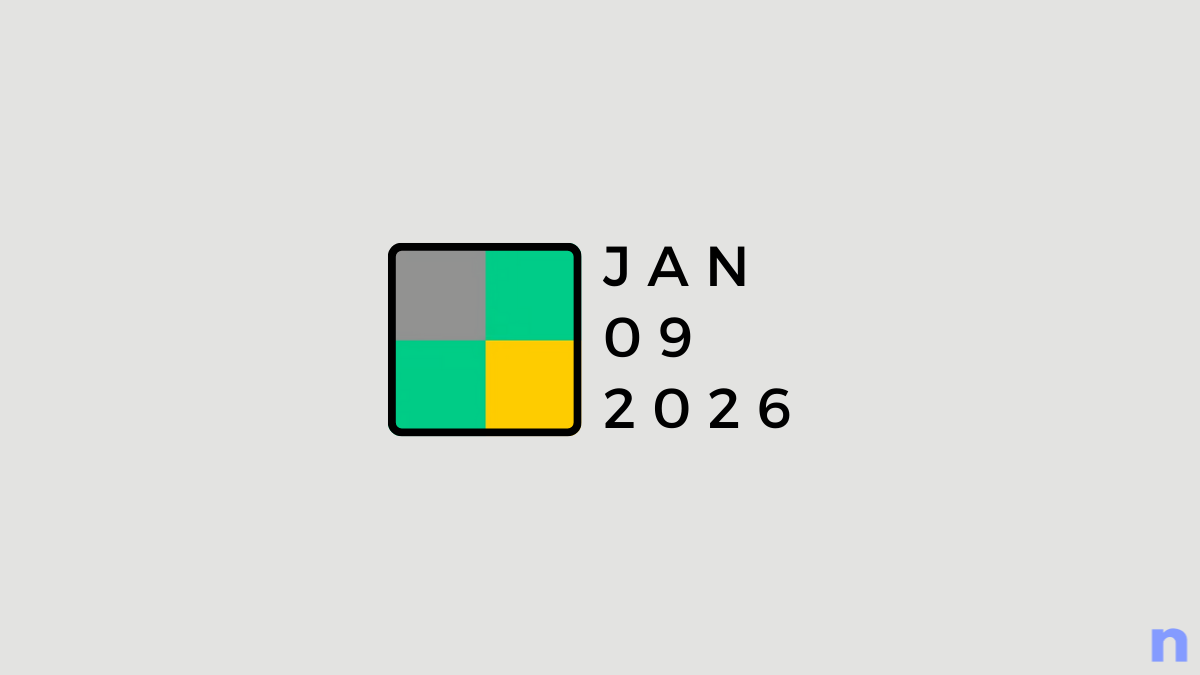
Discussion